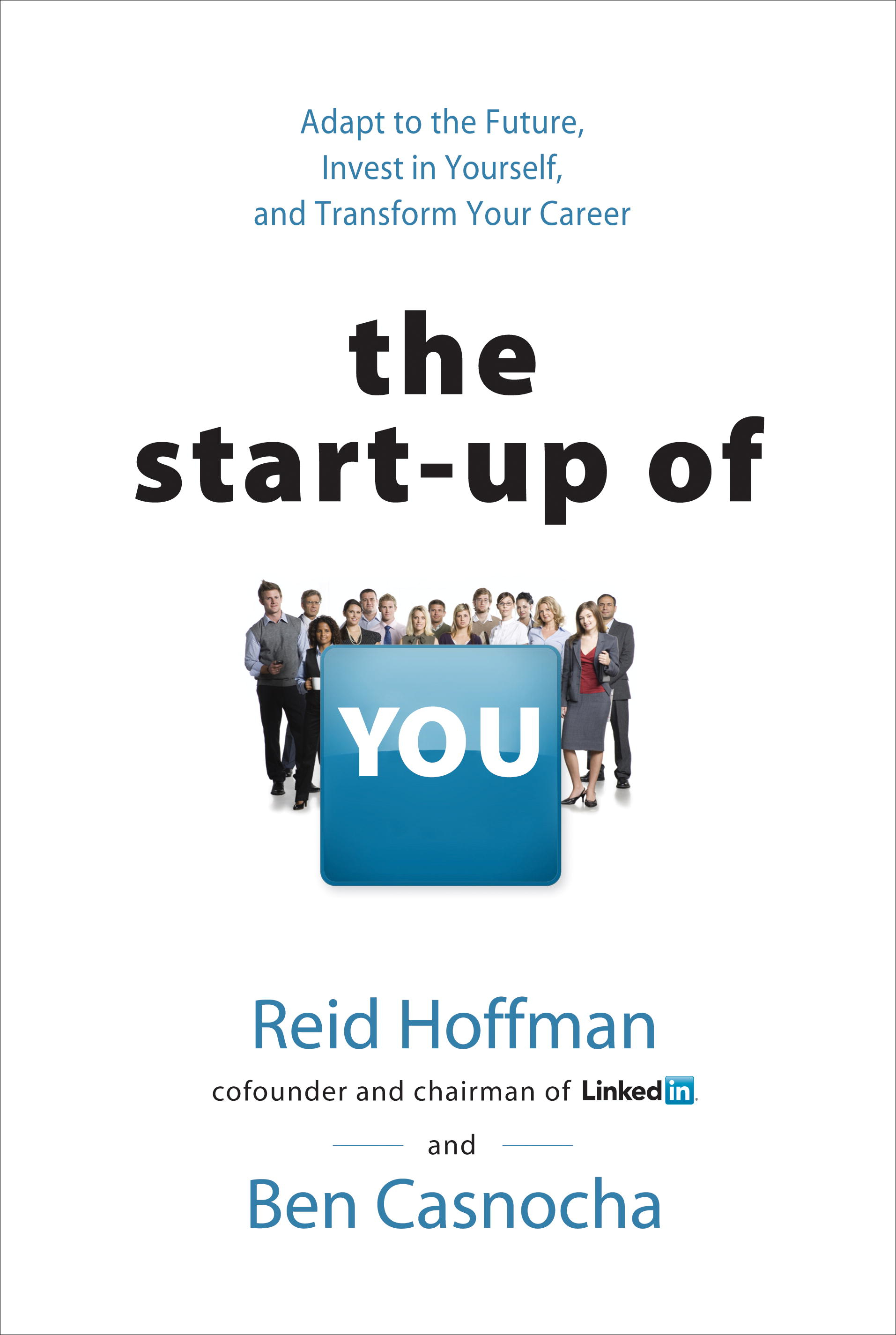What A Startup Needs To Start Selling
Over the last few weeks I've been helping a CEO of a very early-stage startup with her go-to-market strategy. She's planning to hire a head of sales in the coming weeks and she asked me to brainstorm what that person should be responsible for. To me, there are two broad buckets: 1.) that person should be able to get deals done quickly and 2.) just as important, that person should create and publish process, systems, collateral and other documentation (that should continuously be iterated) that will allow the company to scale.
With #2 in mind, I put together the list below. A lot of the things on the list are required to start selling, but many of them are there to ensure that the product and positioning of the product are setup to constantly be iterated. Most successful products and new product pitches look very different than they did when the entrepreneur initially went to market. It's critical that there are systems in place that enable constant change.
Pipeline
- Lead Framework
- Build Lead List
- Segment Leads (A, B, C)
- Key Contacts at High Priority Leads (email/phone)
- Inbound Lead Management Process
Access Approach
- Script(s)
- One-Pager
Collateral/Documentation
- Presentation Deck
- Presentation Scripts/Talking Points
- Proposal Template
- References Document
- Order Form (business terms)
- Agreement (legal terms)
Sales Cycle Management
- CRM System Implementation (e.g. Salesforce.com, Excel, etc.)
- Stage Development
- Key Leading & Lagging Metrics To Track
- Leading & Lagging Metrics Targets and Timeline
- Key Reports (weekly, monthly, quarterly)
Other
- Difficult Questions (and answers)
- Cast of Characters Document (who do we care about and what do they care about?)
- Urgency Angles
- Competitive Matrix
- Qualitative Results: What works / What doesn’t (documented weekly)
- Insights/Learnings (documented weekly)

